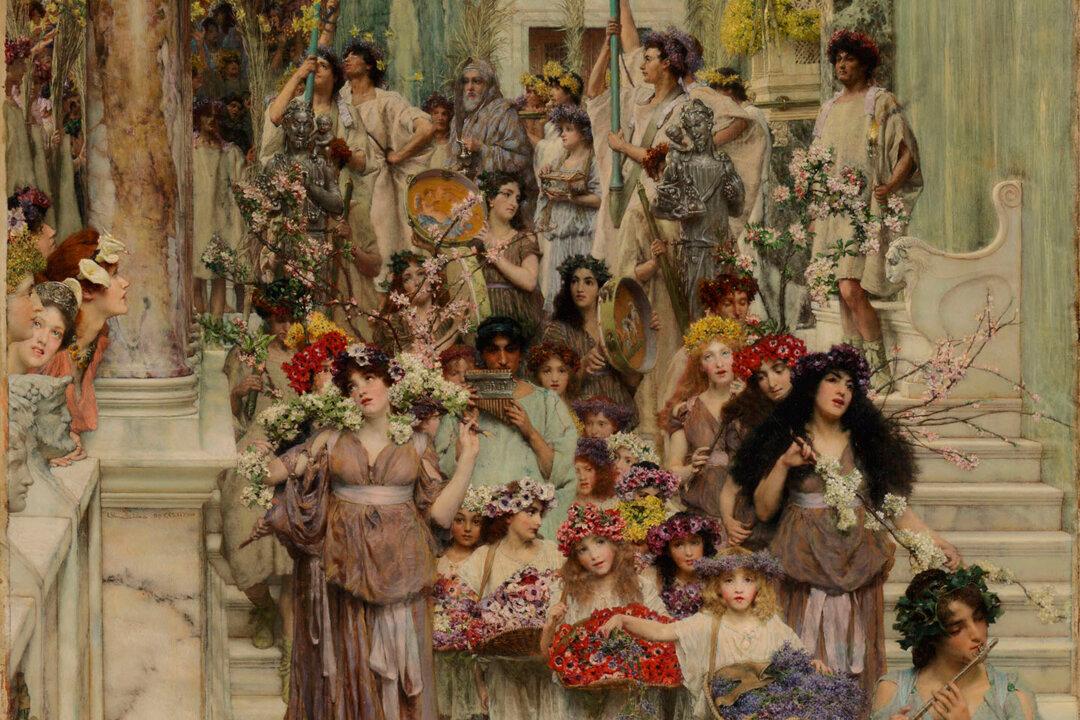“At first glance so convincingly real, so archaeologically exact, so beautiful and innocent, ‘Spring’ turns out on closer examination to be illusionary, historically confused, and mischievously immoral.” — Louise Lippincott, former Curator of Fine Arts at Carnegie Institute and author of “Lawrence Alma Tadema: Spring”
Masterful works of art are often multilayered and complex. What meets the eye at first glance may conceal messages within a work’s more obscure and often overlooked details. Throughout history, groups of people from various classes and backgrounds have had access to different and at times contradictory levels of understanding when it comes to certain works of art.





